The Pros' All-Time Best Tips For Taking Care Of Your Coily Hair
The best advice from the best hairstylists.
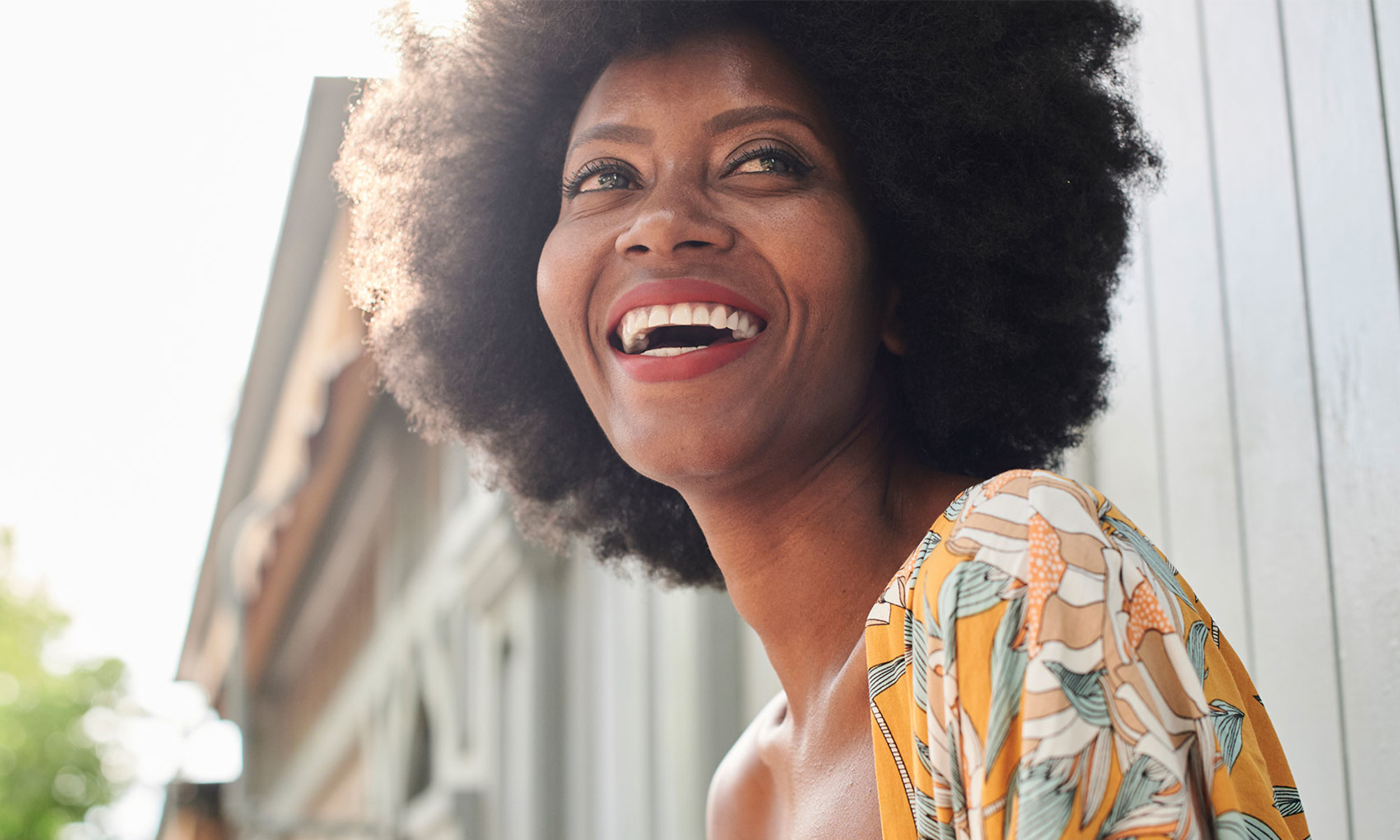

Senior Beauty & Lifestyle Director
Senior Beauty & Lifestyle Director
Alexandra Engler is the senior beauty and lifestyle director at mindbodygreen and host of the beauty podcast Clean Beauty School. Previously, she's held beauty roles at Harper's Bazaar, Marie Claire, SELF, and Cosmopolitan; her byline has appeared in Esquire, Sports Illustrated, and Allure.com.
Image by Ivan Gener / Stocksy July 13, 2025 We carefully vet all products and services featured on mindbodygreen using our Our selections are never influenced by the commissions earned from our links. As all curly hair girls know, finding and catering to your curl type is of the utmost importance. The tools, products, and techniques that give you the exact bounce and shape you're looking for will change depending where you fall on the curl spectrum, which can range from type 2 to type 4 (what we'll be discussing here). Additionally, care and styling tips are further influenced by other hair traits such as porosity, thickness, scalp type, and oh how the list goes on. This is all to say that the unique combinations and varieties that make up your hair play a role in your day-to-day maintenance. And the most important thing you can do for your own special strands is to get to know yourself a bit better. Knowledge is power, after all.
Hair type
A short explainer on hair types, in the event you need a refresher. As we noted, hair is categorized on something of a spectrum—into types from 1 to 4, each with three smaller subsets noted as A, B, or C. Hair types aren't scientific terms (meaning: this isn't a set standard crafted up by researchers in a lab somewhere), but it's pretty universally accepted among hairstylists, trichologists, dermatologists, and even researchers themselves! But we should take a moment and give credit where it's due: It was actually created and made famous by Oprah's hairstylist, Andre Walker.
So as a rundown of the types themselves: Type 1 is straight, with the variance usually coming to how flat your hair lies. Type 2 is wavy, with the major differences depending on how loose the S-pattern is. Type 3 is curly, which changes depending on how tight the curl is. And Type 4 is kinky or coily, which changes depending on whether the shape of the pattern is more zigzag or spring-like.
Finding your hair type
You may already know your hair type pretty well, in which case you can feel free to skip this section. But if you're still sussing out your pattern, we actually have this handy hair type quiz that only takes a few minutes. It asks a variety of questions about your hair's look and behavior, which are all influenced by your specific type.
But ultimately identifying your hair type comes down to visual traits—what you see is what you get. So you need to make sure you're getting the most accurate look at your hair possible. Give yourself the air-dry test: Simply air dry with no added product and see what your hair wants to do naturally.
Additionally, you'll often find that most people have a few patterns to deal with or a patch or two that doesn't seem to fit in with the rest. So you might have to do different techniques for different areas to make it all uniform. (Or embrace the unique textures!) And there are other factors at play: hair porosity, density, and strand thickness. Essentially you've just got to get to know yourself.
Ultimately: "I cannot stress studying your hair enough. A stylist can only give you recommendations, but essentially you go home with your hair," says Danielle Malary, owner of Lumiere Vive Salon. "Feel your hair out, document how it reacts. Essentially, keep a journal for your hair and learn to love it."
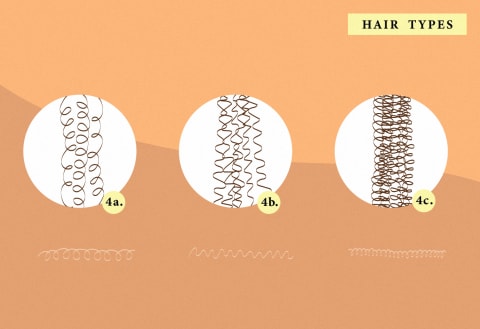
Image by mindbodygreen creative
Type 4a hair
Type 4, in general, is coiled very tightly. For type 4a specifically, often people describe the ringlets as having the circumference of a crochet needle. Like all type 4 patterns, it is dry and prone to breakage but less so than the others in the group. It's also usually very dense and lush, meaning the strands are tightly packed together.
Styling tips:
Type 4b hair
Rather than a circular pattern, type 4b looks like Zs. Compare these to a very sharp zigzag pattern—with each change of direction very close to the other.
Styling tips:
Type 4c hair
Type 4c will have a very condensed pattern, like 4b, but is closer to spirals, like 4a, than zags. They are also the most fragile of the patterns, prone to breakage, tangling, shrinkage, and may have a harder time encouraging hair growth.
Styling tips:
Other hair traits to consider
While hair type influences much of how you treat and care for your hair, it's not the only factor. Other variables play a role in how your hair looks and acts day to day. It's also why those who may have the same hair type will need different routines or styling practices. Hair is so unique, and isn't that just lovely?
Hair porosity
"Hair porosity describes how the hair's cuticle absorbs and holds on to moisture in its pores—hence, the term porosity," says Branch. And it's a spectrum, ranging from high to low. High porosity means the cuticles are more open, so hair absorbs water easily. But it also means it evaporates easily. Hair that has low porosity has dense cuticles. This means the hair has a harder time absorbing water, product, or even your scalp's natural oils, and you'll see buildup faster. It also takes longer to dry after getting wet as it's holding all that water in. Then you can fall somewhere between these two ends of the spectrum, which is considered medium porosity. You can take our hair porosity quiz for more information.
Hair density
Hair density is basically how full your head of hair is. According to celebrity hairstylist Ryan Richman, "The density of the hair is determined by how close your hair strands are to each other. This, in turn, determines how thin or thick your hair appears." Scalps with more hair follicles often appear more lush and full—but may also be drier (especially at the ends) and harder to manage. Scalps with low density may mean wider parts and thinner styles but will usually be shiner and easier to hydrate, says Richman.
Hair thickness
This refers to the diameter of the strand. Thin strands have a small circumference, while thick strands are larger.
The takeaway
Caring for your hair is greatly influenced by your type and subtype. Those with type 4 hair, which tends to be coily and kinky, have endless options to reach their optimal hair health—and it all comes back to how you're hydrating and protecting the strands.

 ShanonG
ShanonG 











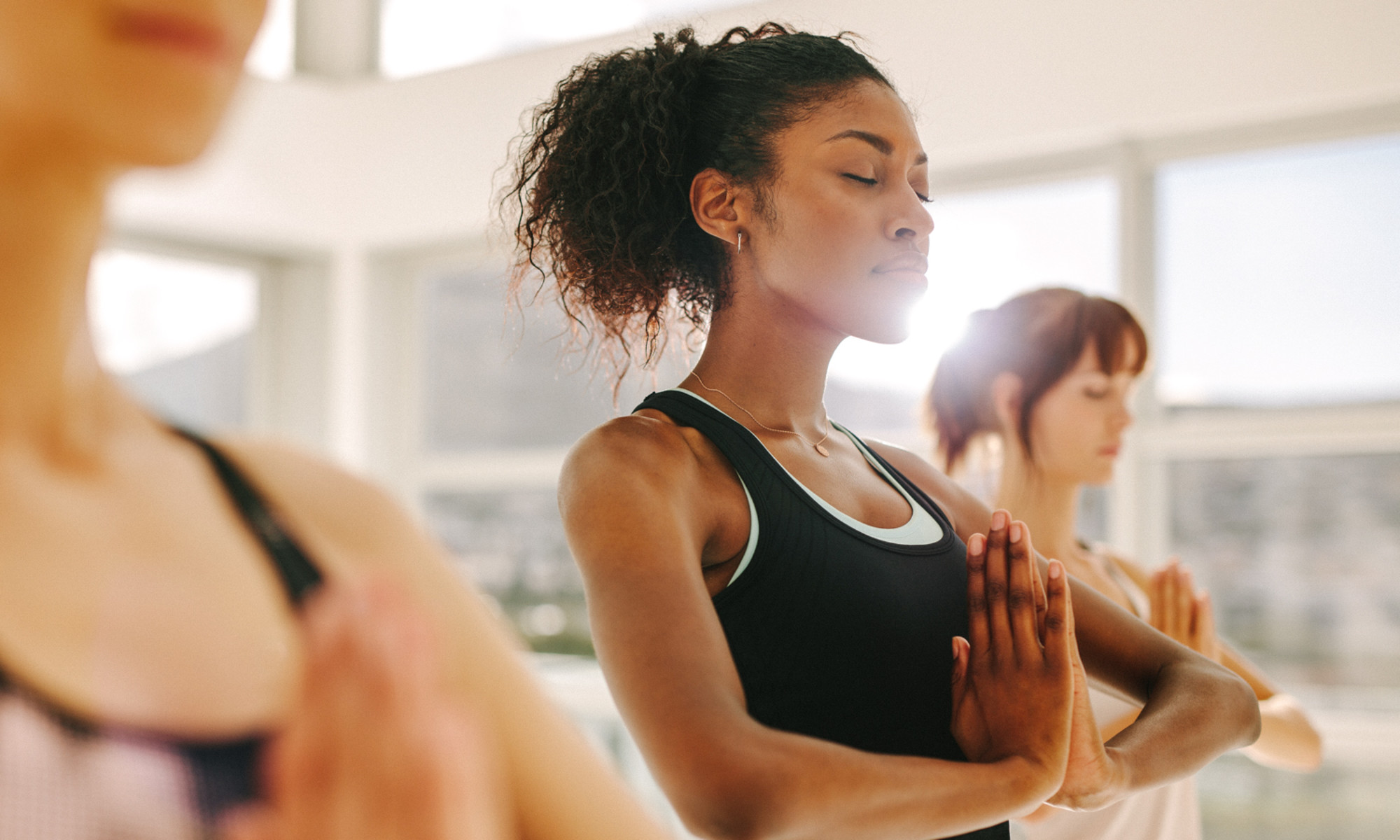
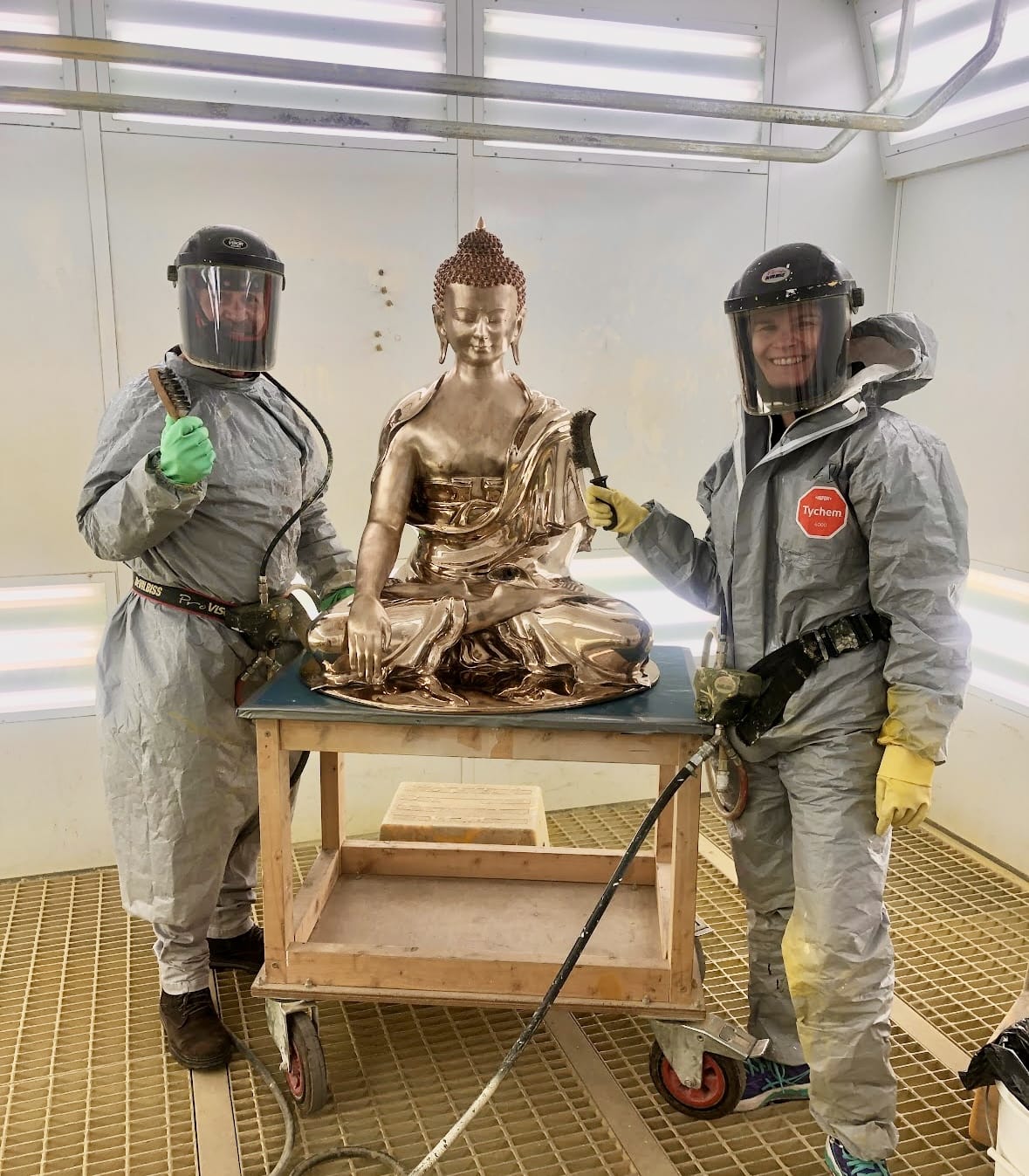





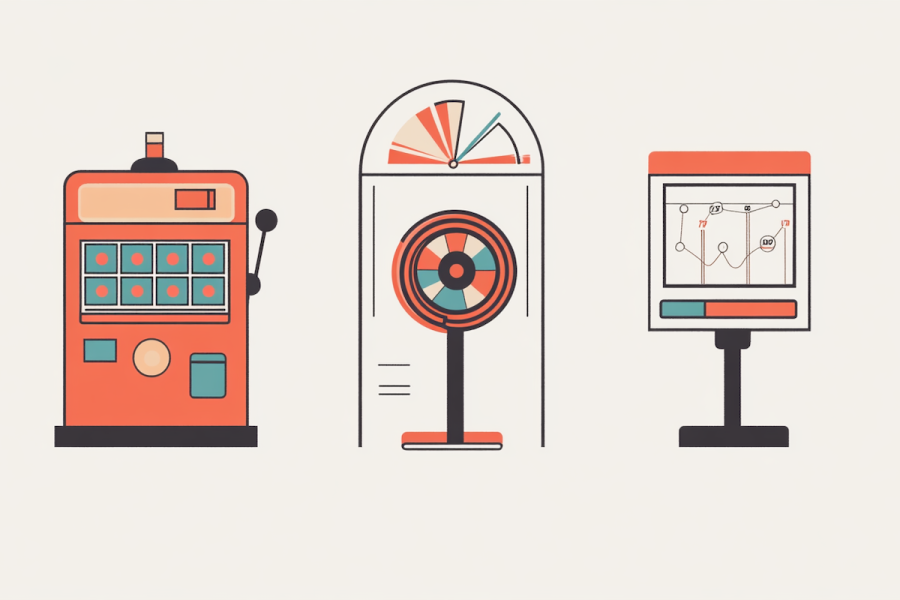




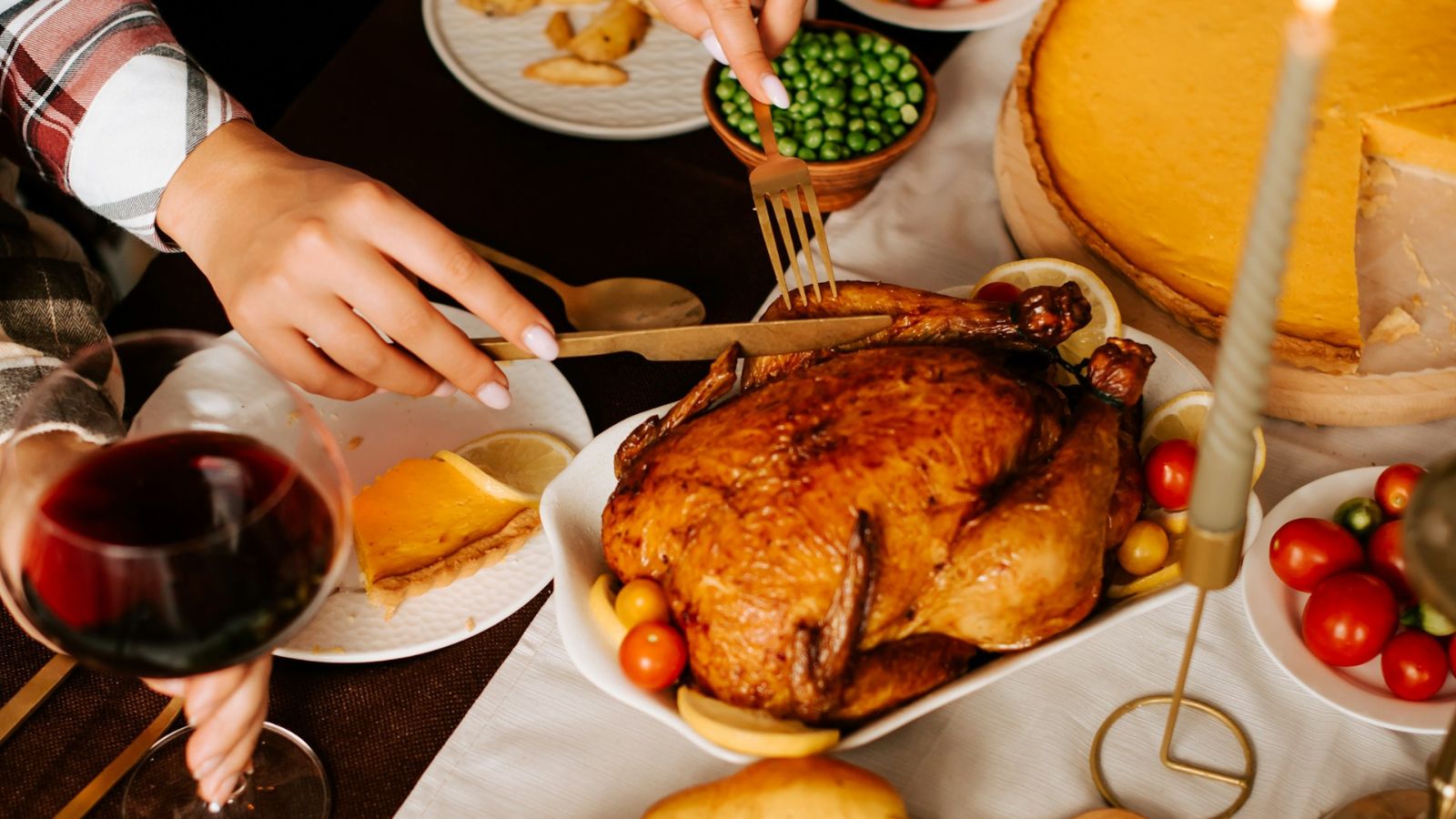








.jpg)